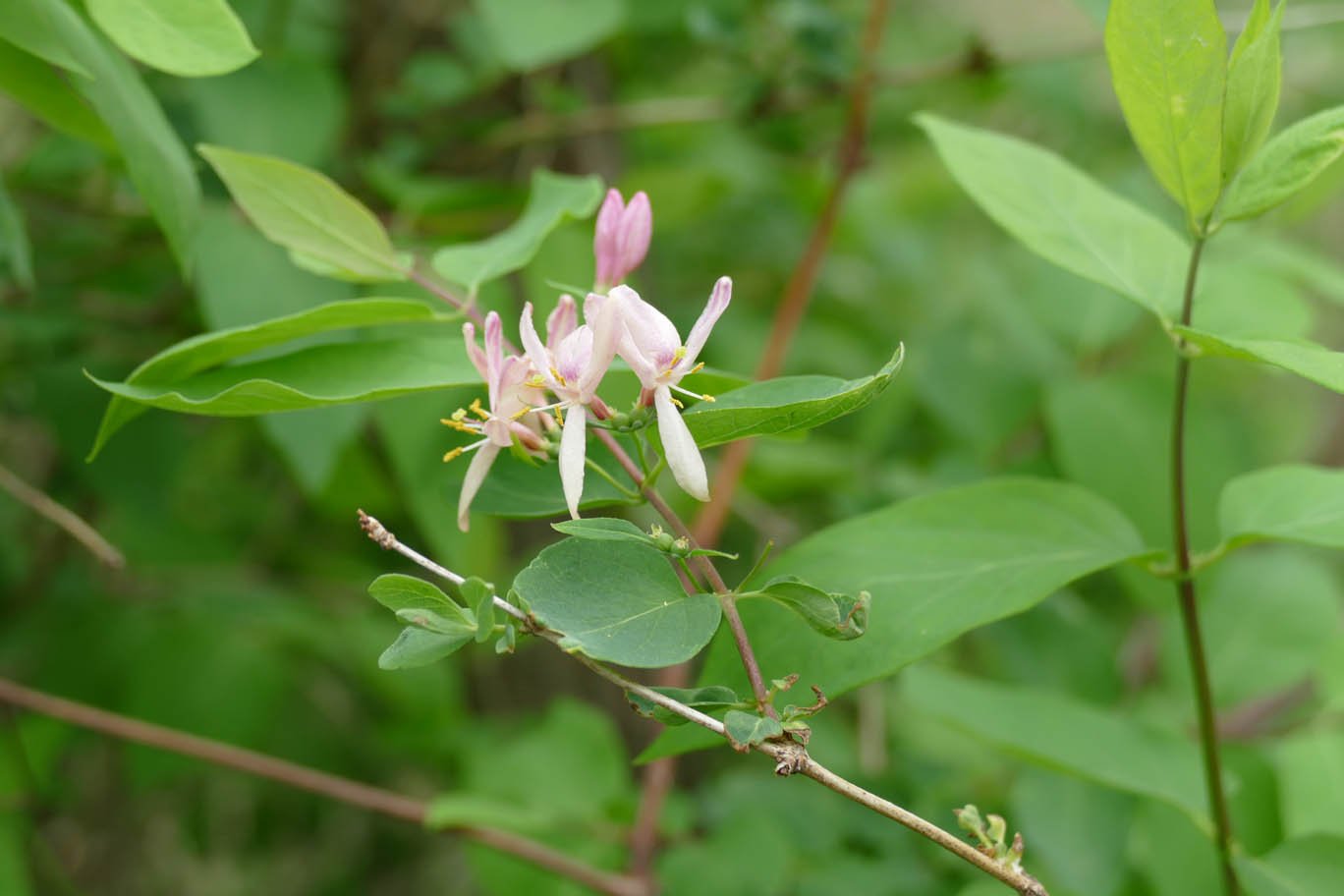
Bush Honeysuckle
Asian Bush Honeysuckle is an invader from the East, where it is banned by law in Massachusetts, Connecticut, and Vermont. It came originally from much farther east, Japan to Turkey. Why do we have it? It was planted as an ornamental throughout Indiana to control erosion, and to create wildlife cover and food sources. Bad idea. You can buy it at local garden and home centers. Don't!
Bush Honeysuckly, Beverly Drive
Bush Honeysuckle in Flower
Bush Honeysuckle in Fall
-
These are large shrubs with arching branches. They are most easily identified by their distinctive flowers that appear in spring with colors ranging from white to deep pink.They have red berries in the fall which are widely distributed by the birds they attract. They green up early in spring and hold their leaves late in fall.
-
Asian bush honeysuckles are adaptable, and can handle full sun to shaded forest understory. They will pop up wherever the ground is disturbed. You can see them along Beverly Drive, Lakefront, and throughout town.
-
Here's the problem caused by these plants, according to Indiana's Invasive Plant Species Assessment Working Group: “Asian bush honeysuckles grow so densely they shade out everything on the forest floor, often leaving nothing but bare soil. This means a great reduction in the food and cover available for birds and other animals. Serious infestations can inhibit tree regeneration, essentially stopping forest succession. Higher rates of nest predation have been found in Amur honeysuckle than in native shrubs due to nests being more exposed to predators. Some bush honeysuckle species also release chemicals into the soil to inhibit other plant growth, effectively poisoning the soil.”
-
Cut down the plant nearly to ground level and treat the stump/exposed stem with concentrated Glyphosate or Triclopyr. Be sure not to introduce bush honeysuckle—the plants are sold at home centers such as Menards.

